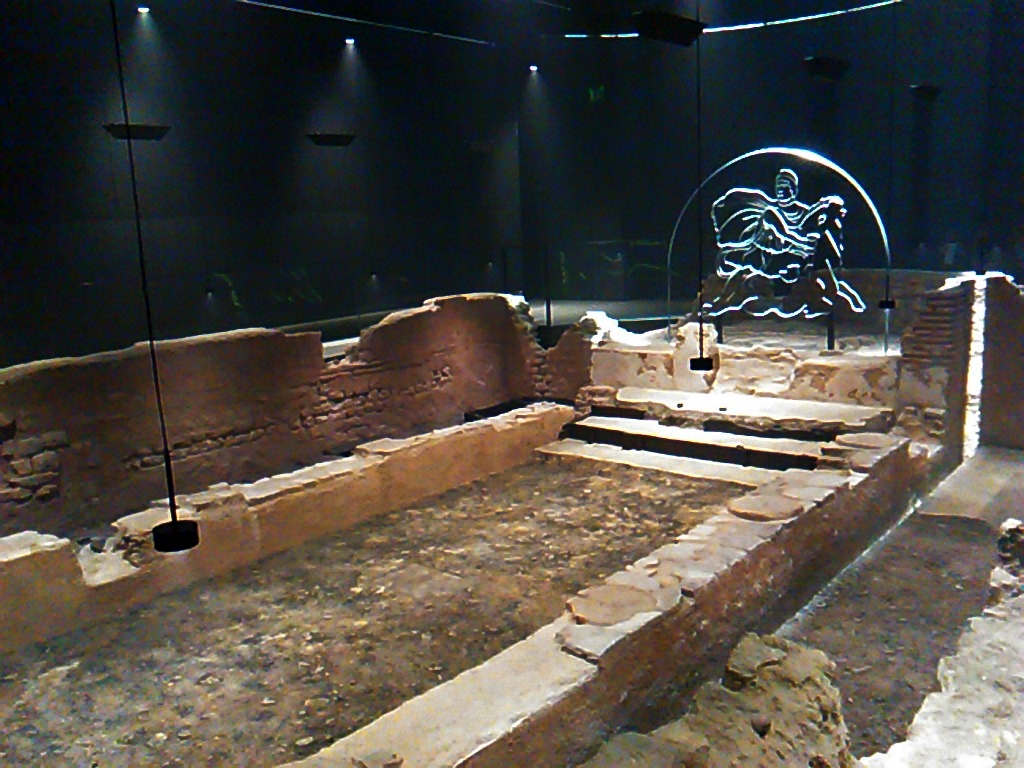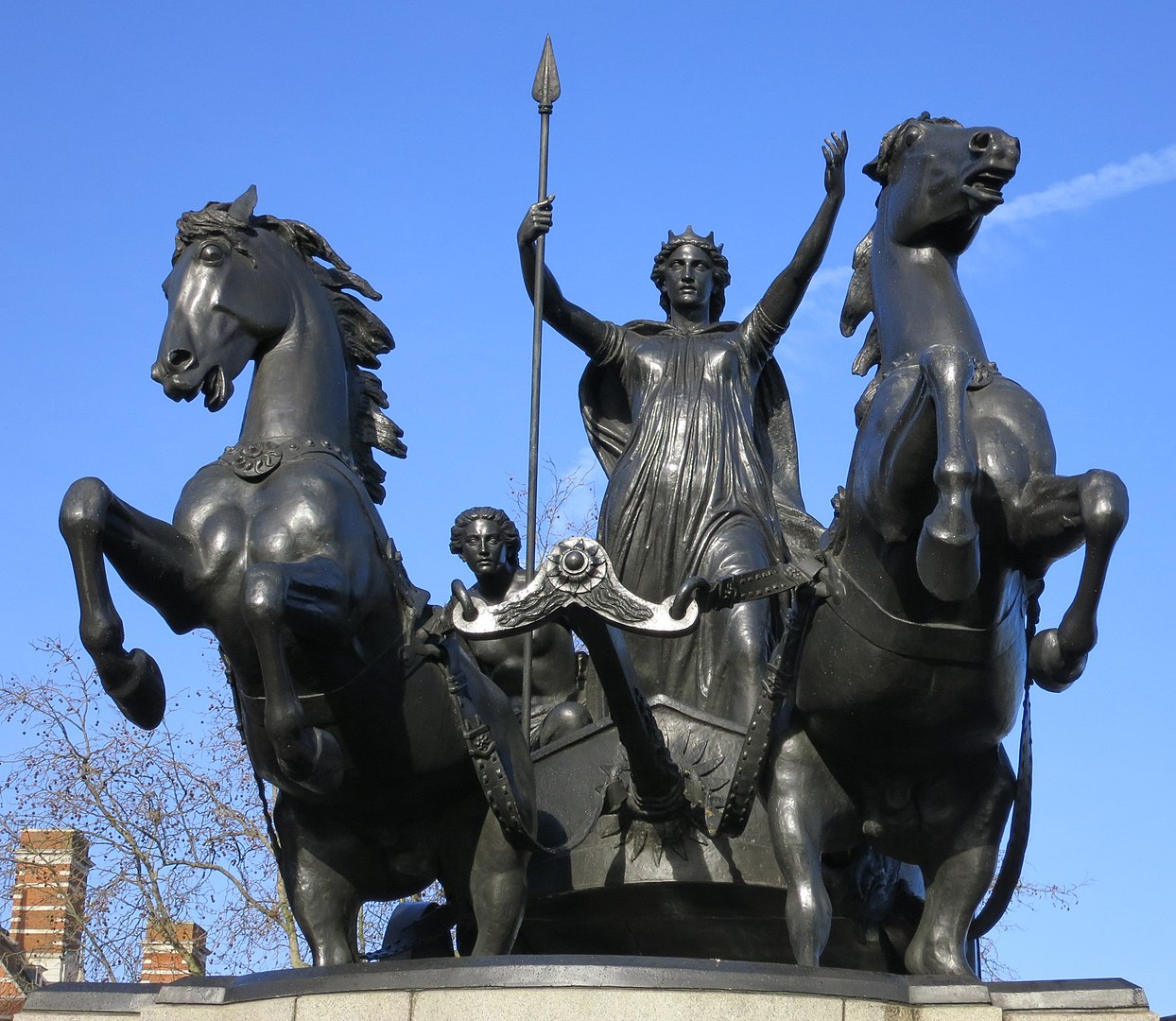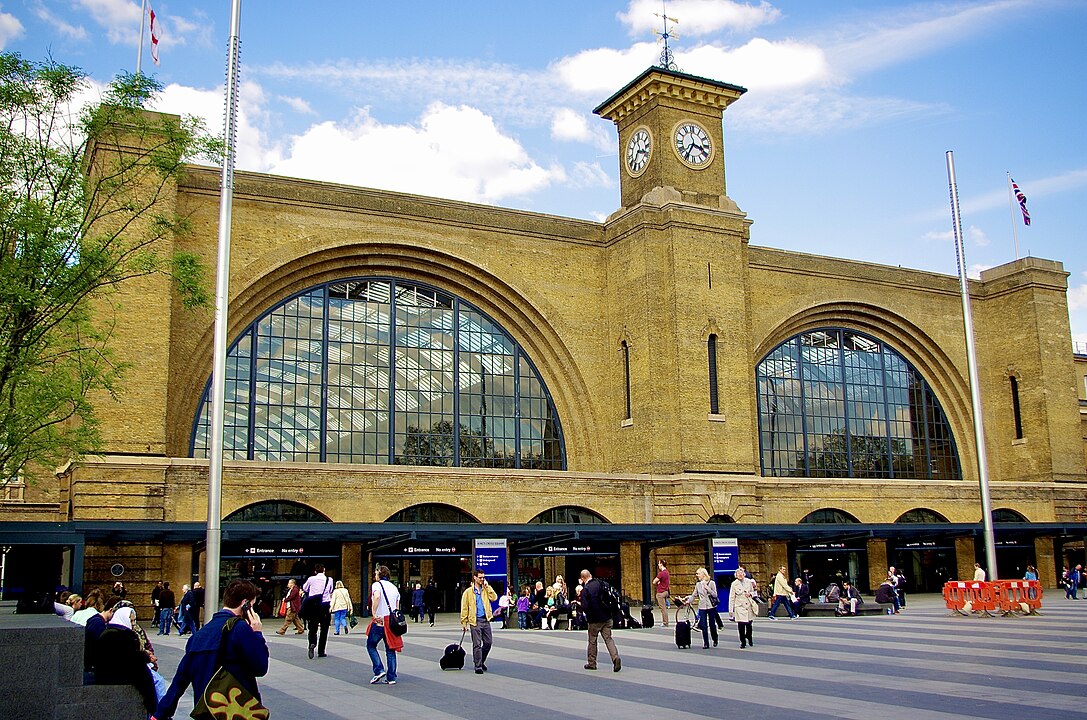The Roman House At Billingsgate: A Look At The Daily Life In Roman Britain
The discovery of Roman relics beneath modern London has captivated historians for over a century, unveiling the city’s layered history as it once was—a bustling Roman hub known as Londinium. Among the remarkable finds lies the Roman House at Billingsgate, a rare example of Roman domestic life in Britain. This ancient dwelling gives us a glimpse of everyday life in a city dominated by traders, soldiers, and artisans, and it stands out as one of the few Roman sites that reflect the city’s domestic character. Tucked away near the famed Roman Wall and in proximity to sites like the Mitraeum and the Basilica, the Billingsgate Roman House is a piece of the puzzle that sheds light on a mysterious chapter in Londinium’s history.
Discovering the Roman House: A Surprise Unearthed During Victorian Expansion
The story of the Billingsgate House began in 1848 when the City of London was in the throes of a construction boom fuelled by the Industrial Revolution. During the erection of the Coal Exchange building near Billingsgate Market, workers stumbled upon an unexpected and significant discovery. As they dug through layers of London’s past, they uncovered the remains of what appeared to be a substantial Roman building. For the archaeologists who rushed to the site, this was a revelation. Until then, most Roman finds had been accidental, with little done to preserve them, but the Coal Exchange find hinted at something substantial enough to be remembered.
J. B. Brunning, a key figure in local antiquarian circles, recognised the importance of the discovery. Seeing the potential to save this piece of history from obliteration, Brunning advocated for its preservation, making an impassioned case for safeguarding these ancient walls. His efforts were remarkable in an era when the need for modern infrastructure often overshadowed historic preservation. The site was designated for posterity, setting a precedent for future archaeological care in the city.
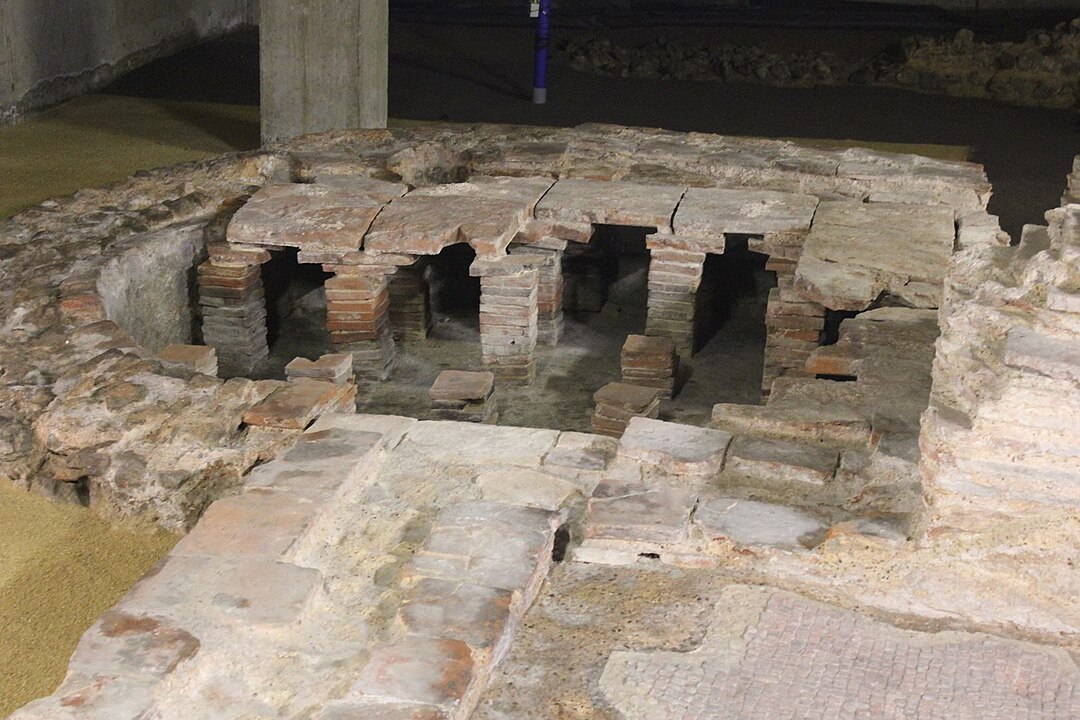
Expanding the View: The 1960s Excavations
Despite Brunning’s early attempts at preservation, the Roman House at Billingsgate remained largely untouched until the 1960s, when the archaeological community returned to take a closer look. By this time, the field of archaeology had evolved, and a new generation of archaeologists, using more advanced techniques, hoped to uncover the complete layout of the house and reveal its purpose within Londinium’s Roman society.
Excavations in the 1960s confirmed that this was not just any Roman building but a domus, or private townhouse, belonging to a family of significant wealth and influence. Alongside the main house structure, archaeologists unearthed an adjacent bathhouse—an extraordinary feature hinting at both its inhabitants’ social status and daily routines. The excavation exposed intricate floor mosaics, shards of fine pottery, and remnants of painted walls, which offered a vivid picture of life behind closed doors in Roman London. The bathhouse layout became one of the most distinctive features, boasting all three rooms characteristic of a Roman bath: the frigidarium, tepidarium, and caldarium, each representing a step in the ancient bathing ritual.
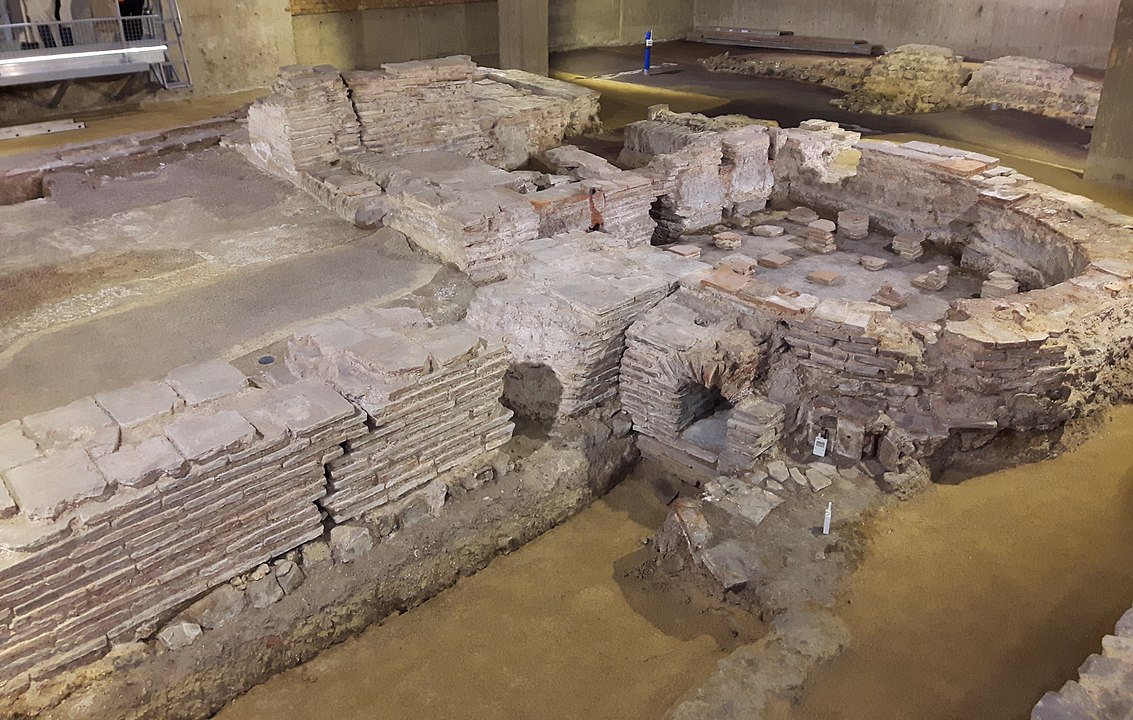
The Roman Bathhouse at Billingsgate: A Place of Ritual and Relaxation
The bathhouse at Billingsgate was not just a place for cleanliness but a centre for social activity and relaxation. In Roman culture, bathing was a cherished ritual and a highlight of daily life, blending the practical with the pleasurable. The bathhouse’s design included three main sections, each meticulously constructed to meet Roman standards.
The Frigidarium: This was the cold room, where bathers would typically begin or end their routine. The frigidarium had a plunge pool filled with cool water, a refreshing contrast to the warmer rooms. The room was adorned with mosaic tiles, and traces of painted walls hinted at the attempts to bring colour and artistry into even the most functional spaces.
The Tepidarium: Next came the tepidarium, a warm room that served as an intermediary step, allowing bathers to ease into the process. The room would be filled with steam, keeping bathers warm as they adjusted to the temperature increase. For the Romans, the tepidarium wasn’t just a room; it was a space for mingling, discussing business, and socialising.
The Caldarium: The caldarium was the most heated room, where bathers could immerse themselves in a hot pool. Heated by a hypocaust—a Roman invention that circulated warm air under the floor—the caldarium provided an environment for relaxation and comfort. Oil massages often followed in this room, as slaves or attendants would apply scented oils to enhance the bathing experience. The caldarium also emphasised the wealth and status of the Billingsgate house’s owner; only the affluent could afford a fully outfitted private bath.
This combination of rooms showcased the importance Romans placed on cleanliness, relaxation, and social interaction, a key component of their urban lifestyle. Even within the confines of private homes, the culture of public bathing had its place, bridging personal and communal activities.
A Glimpse of Roman Life on the Thames
The Billingsgate House was located near Londinium’s bustling waterfront, offering its residents a prime spot for both commerce and convenience. The River Thames was the lifeline of Roman London, and properties near the water held high value. The proximity to Londinium’s key landmarks—the Basilica, a hub of administration and commerce; the Roman Wall, which marked the city’s boundaries and protected its citizens; and the Mitraeum, a temple devoted to the god Mithras—suggests that the owners were well-integrated into Londinium’s social and economic fabric.
In this waterfront home, the rhythm of Roman life unfolded against a backdrop of luxury and comfort. Meals would have been elaborate, with imported foods, fine wines, and spices brought in through trade networks stretching across the empire. The house’s artefacts suggest exotic goods, which would have been symbols of wealth and status. Fine tableware, decorative figurines, and jewellery fragments all indicate a family with a level of sophistication that matched the Roman Empire’s cosmopolitan centres.
The Billingsgate House After Rome: A Window Into Post-Roman Britain
The most intriguing aspect of the Billingsgate House is that it appears to have been occupied into the late 5th century AD after the Roman administration formally withdrew from Britain in 410 AD. This fact alone makes the house remarkable. For decades after the fall of Roman authority, this house continued to operate, indicating a gradual, rather than abrupt, decline of Roman culture and influence.
The late 5th-century occupation suggests that the inhabitants might have adapted to the changing times. While the building’s original grandeur may have faded, it is possible that those who lived there held on to the Roman way of life as long as they could, clinging to the customs, architecture, and comforts of a rapidly disappearing past. This continuity challenges the narrative of a sudden end to Roman Britain, suggesting instead a period of transformation where Roman and local traditions may have mingled in unexpected ways.
Eventually, the site was abandoned, its walls and rooms lost to history. Yet, even in this state, the Billingsgate House is a testament to Roman customs’ persistence and the resilience of Londinium’s residents, who faced an uncertain future after centuries of imperial rule.
An Enduring Legacy Beneath the Streets of London
The Roman House at Billingsgate is more than just an archaeological site; it is a piece of London’s identity, connecting the city’s modern pulse to its ancient roots. The excavations at Billingsgate have provided invaluable insights into the private lives of Londinium’s elite while also demonstrating the sophistication of Roman urban living.
Today, visitors can view the ruins of the bathhouse and visualise a world where Romans strolled along the Thames, discussed politics in the basilica, and worshipped in temples devoted to distant gods. The Billingsgate House, preserved for generations to study and appreciate, remains a silent witness to Londinium’s transformation and, ultimately, its enduring spirit. For anyone seeking a closer connection to ancient Roman Britain, these remnants offer a rare and intimate portrait of a city on the cusp of change.

